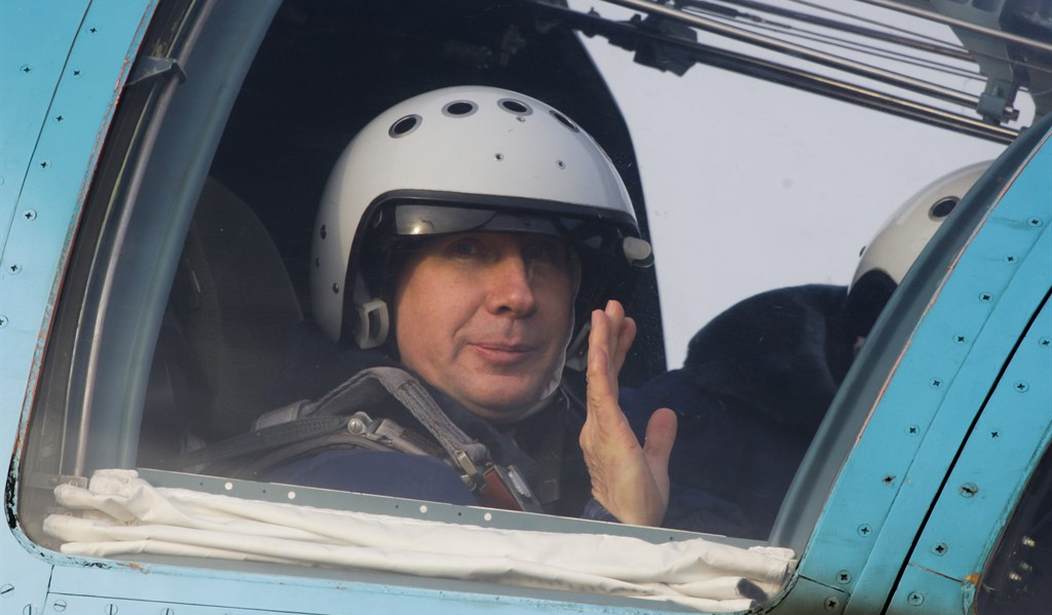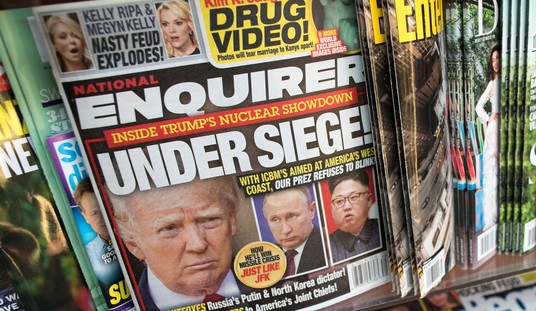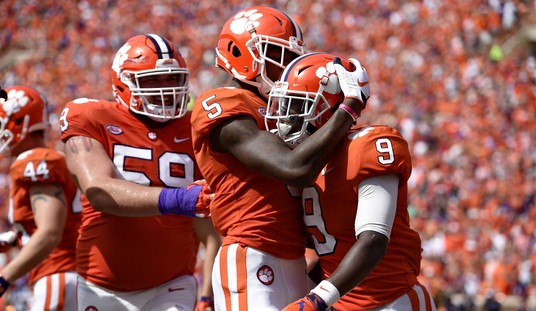The Russian Air Force (VKS) has procured 350 modern combat aircraft in the last ten years and the question that must be on every Russian’s mind in the second week of the Ukraine War is: What did we get for our money?
Because by all accounts, the Russian Air Force is nearly AWOL from Russia’s biggest battles since 1945.
Military researcher Justin Bronk noted on Friday that “the Russian Air Force has yet to commence large-scale operations.”
“The continued absence of major air operations,” he says, “now raises serious capability questions.”
It’s also a safe bet that it isn’t the Ukraine Air Force preventing the VKS from establishing air superiority over Ukraine.
Ukraine inherited hundreds of frontline jets from the Soviet Union in 1991, but the country’s kleptocratic governments were never able to maintain what they had. When Russia invaded on February 24, the Ukraine Air Force could muster maybe 225 aircraft of all types, few of them fully modern or even very well maintained.
It makes no sense, as some have argued, to hold the Russian Air Force in reserve, particularly as Vlad Putin’s “short” war prepares to enter its third week of heavy operations.
Bronk argues that “the continued pattern of activity” (or should that be inactivity?) suggests that “the VKS lacks the institutional capacity to plan, brief and fly complex air operations at scale.”
“Single aircraft, pairs or occasionally four-ships have been the norm” for VKS over Syria,” meaning that “commanders have very little practical experience of how to plan, brief and coordinate complex air operations.” Bronk also notes that Russian Air Force pilots get less than half the training (both real and simulated) that Western pilots typically receive.
Bronk concludes that if “VKS were capable of conducting complex air operations, it should have been comparatively simple for them to have achieved air superiority over Ukraine.”
Indeed.
All of Bronk’s reasoning makes sense but it still doesn’t completely add up. That’s because even if the VKS only has experience flying two- or four-ship missions, why aren’t they flying a hell of a lot more missions in support of troops — perhaps as many as 10,000 of them — getting killed on the ground?
Recommended: Trump’s Truth Social Finally Is Up and Running, But What’s There to Do?
Part of what’s missing is likely fear of losses to Ukraine antiaircraft missiles—whether fixed, mobile, or man-portable air defenses (MANPADS).
One big reason the U.S. Air Force (and more recently, the Navy) went so big for stealth is that the battlespace was getting extremely uncomfortable for fighters and bombers. Soviet — later, Russian and Chinese — air defenses were getting denser and deadlier. The jet that was more difficult to detect, track, and hit would have the advantage.
That’s stealth: It’s an interlocking set of technologies and tactics that make stealthy planes more difficult to shoot down.
The U.S. introduced its first combat-capable stealth jet, the F-117, in 1981. Despite the fighter designation, the Nighthawk was actually a light strike bomber with zero air-to-air capability. That was followed by the B-2 Spirit heavy bomber, the F-22 Raptor air superiority fighter, and the F-35 Lightning II multirole fighter. The B-21 Raider heavy bomber is coming along nicely through the development process.
While the U.S. has deployed four different stealth platforms (with a fifth on the way), Russia has four stealth fighters, period. VKS has received only four Su-57 stealth jets (how stealthy they actually are is a matter of debate), the first just last year. Whether any of the four is yet combat-ready isn’t known.
The U.S. bet wisely on stealth because the modern battlefield, including Ukraine, is rife with antiaircraft missiles.
What few missions VKS has flown over Ukraine, they’ve flown mostly at night in order to minimize losses to MANPADS. The few precision strikes Russia has launched have been with cruise missiles, again to minimize risk to Russia’s expensive fleet of non-stealthy aircraft.
But what good is a modern air force that can’t be deployed in a modern battlespace?
Stealth is the price of admission to modern air warfare, but it’s a price Russia can’t afford to pay.









Join the conversation as a VIP Member